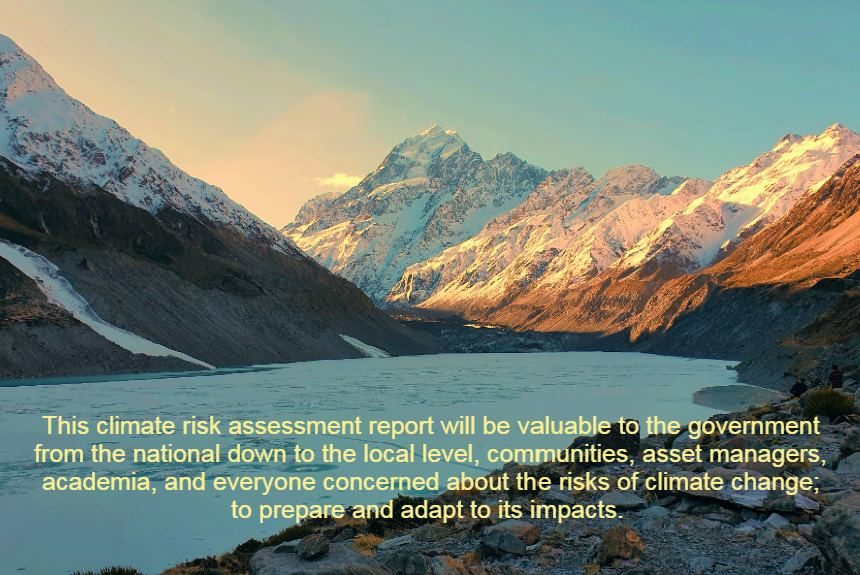“Our climate is warming, sea levels are rising, and extreme weather is becoming more frequent and severe.” -National Climate Change Risk Assessment for New Zealand, August 2020.
The Ministry for the Environment (MFE) released a report on New Zealand’s first climate risk assessments. The risk assessment report gives a national picture of what New Zealand is facing from climate change, identifies the risks and opportunities, and helps the government prioritise climate actions.
The basis for this report is the Arotakenga Huringa Āhuarangi: A Framework for the National Climate Risk Assessment for Aotearoa, New Zealand. A panel of experts on climate change, risk assessments, and vulnerability assessments prepared this framework to evaluate risks and opportunities from climate change. Results from this will be useful to local governments and other organizations that are also doing their risk assessments.
The risk assessment was conducted for over nine months by a multi-disciplinary team led by AECOM – a global infrastructure firm, Tonkin and Taylor, a New Zealand-based environmental and engineering consultancy, and New Zealand’s National Institute of Water and Atmosphere Research (NIWA), and experts from various sectors such as the government, economy, human resource, built environment, and natural environment.
Findings from the NCCRA will be the basis for the country’s climate adaptation plan that will be developed within the next two years. New Zealand’s climate adaptation plan will set out climate actions starting from areas and sectors with the highest risk to climate hazards.
The climate change risk assessment finds 43 priority risks across five domains: natural environment, human, economy, built environment, and governance. From these 43 priority risks, the report highlighted the top 10 most significant hazards that need urgent action in the six years.
The NCCRA report comes in four forms: (1) A Summary of the main report, which is only 12 pages. It contains the gist of the report and designed for quick and easy reading. Below is the link to the summary report (2) the main report, which is 133 pages, (3) The Technical report at 245 pages is a complement to the main report. It gives further detail on the findings of the assessment report, (4) The Method report at 73 pages long, it shows how the assessment was carried out and the engagements that took place and its results during the process. These reports are available on the MTF website.
This report will be especially meaningful to New Zealanders as they will see firsthand the effects of climate change contextualized in their cities, towns, and communities. It will help them build resilience and adapt to the inevitable consequences of climate change, starting with the most vulnerable areas and sectors.
Read the entire report by clicking on the button below:
Source Citations:
First national climate change risk assessment for New Zealand. (2020, August 3). Ministry for the Environment. Retrieved from https://www.mfe.govt.nz/climate-change/assessing-climate-change-risk
National Climate Change Risk Assessment for New Zealand. (2020, August) Ministry for the Environment. Retrieved from https://www.mfe.govt.nz/sites/default/files/media/Climate%20Change/national-climate-change-risk-assessment-new-zealand-snapshot.pdf



Leave a Reply